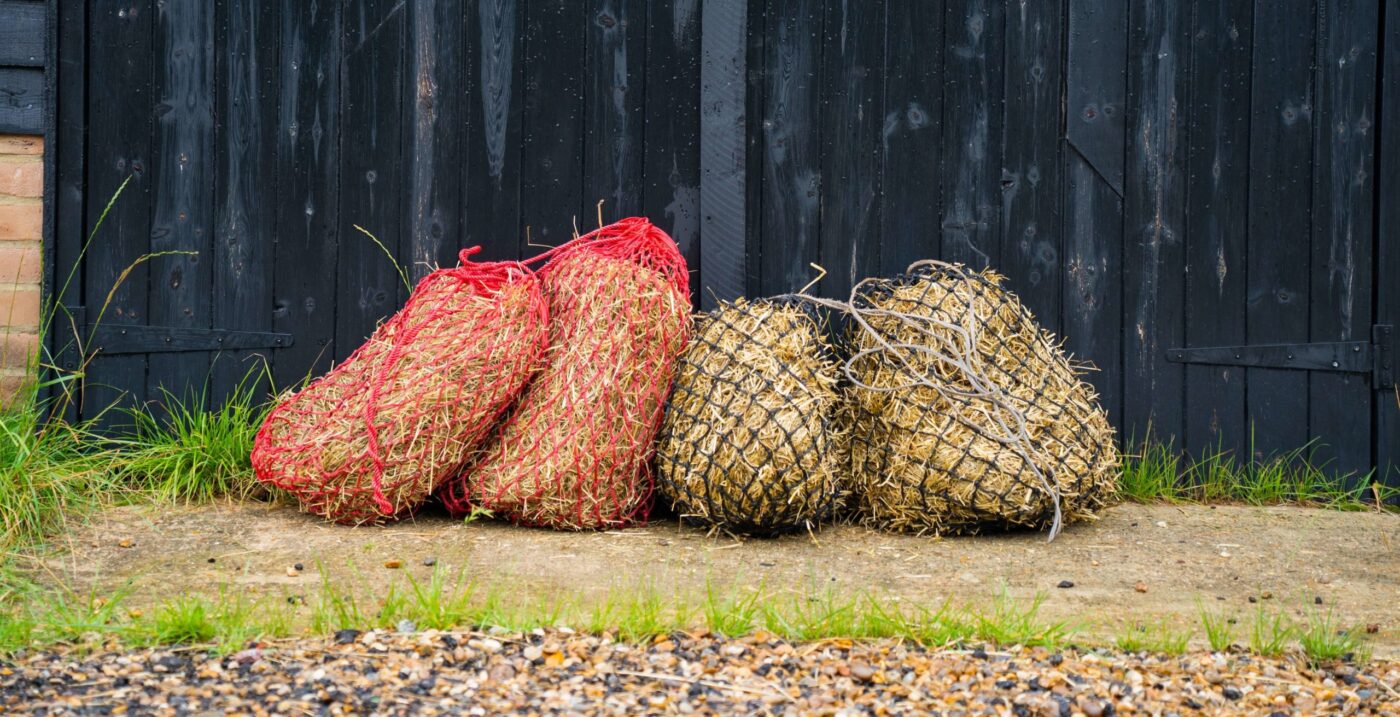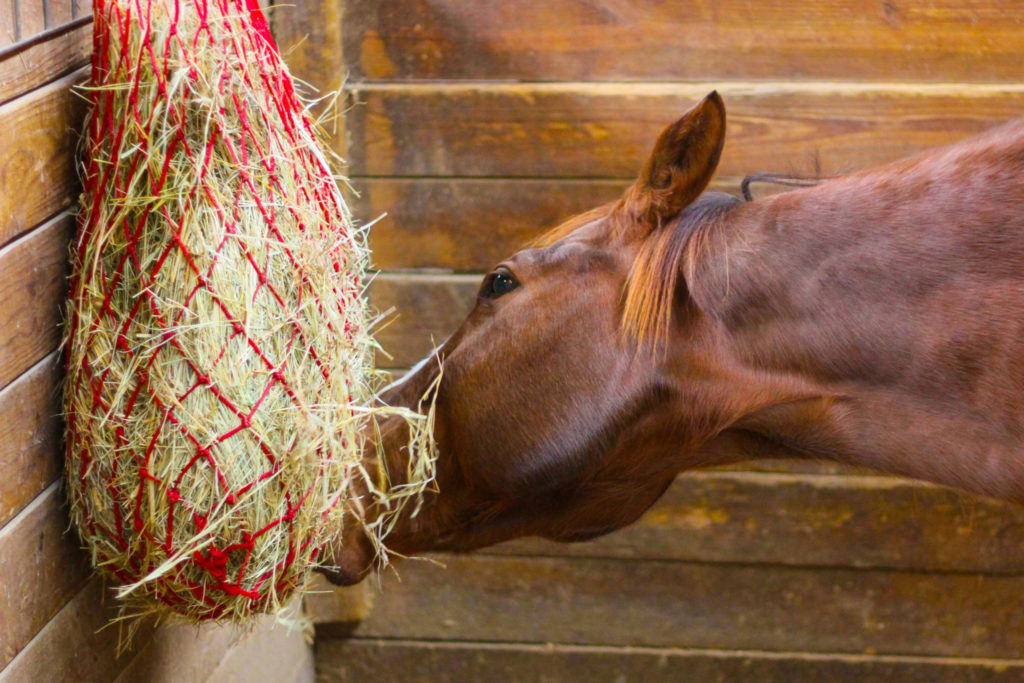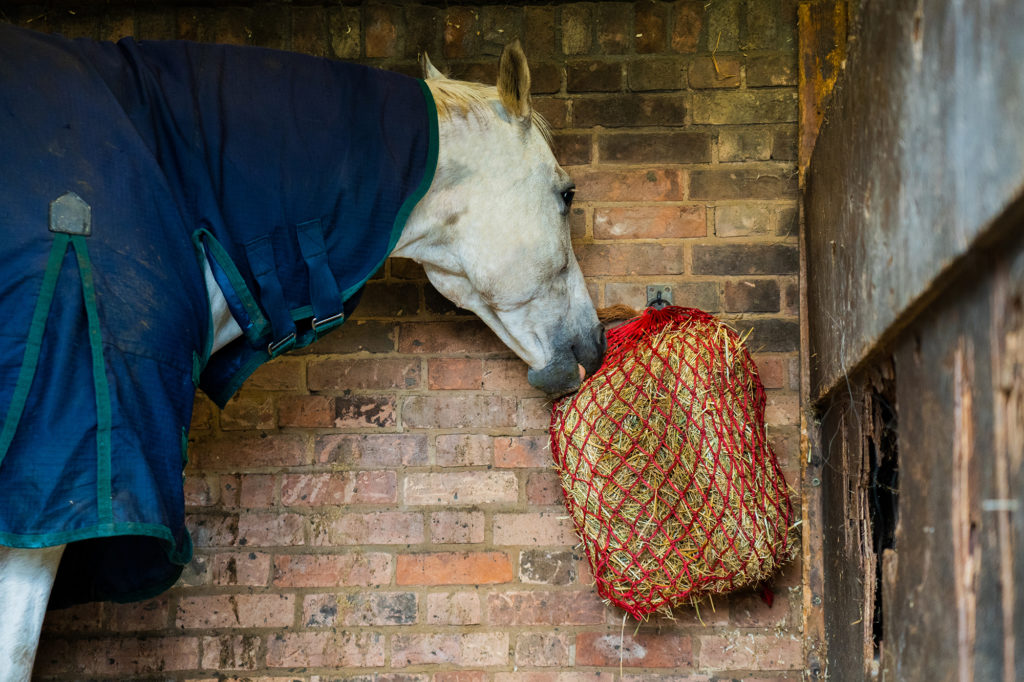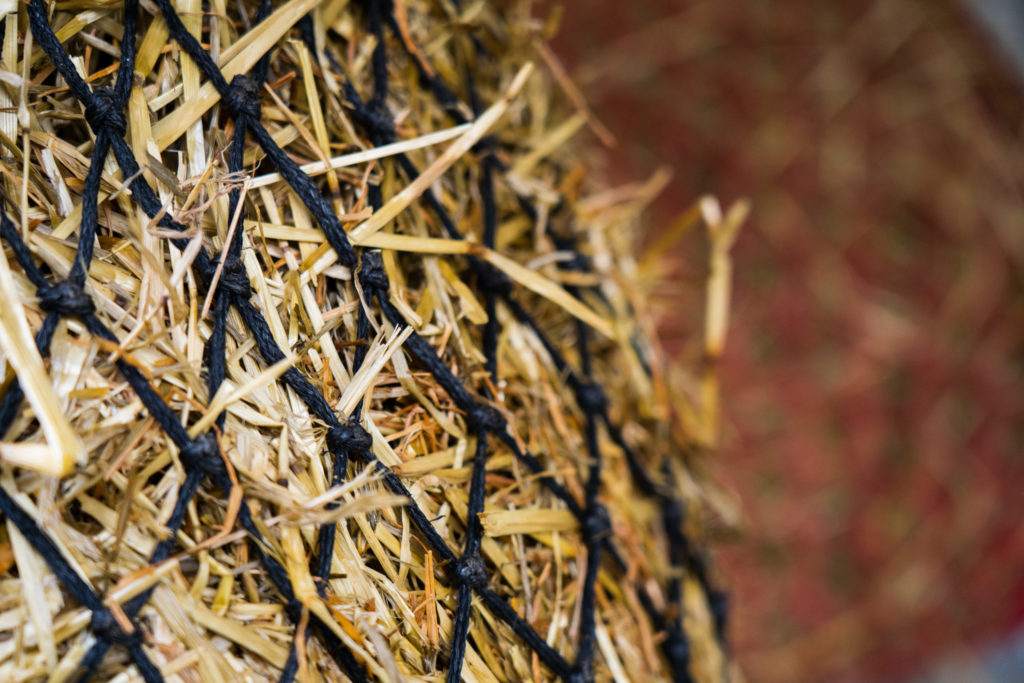
Forage Analysis
Conserved forage is the foundation of a horse’s diet when they are stabled or at times when grazing is sparse. A 500kg horse can consume in the region of 10-12.5kg of dry matter in 24 hours when stabled. As fed, this is 11.8kg-14.4kg of hay (assuming 85% dry matter), or 15.4-19.2kg of haylage (assuming 65% dry matter) which demonstrates the importance of knowing the nutritional value of the horse forage when it makes up such a large proportion of the diet.
For leisure horses and those that hold weight with ease, a later cut, higher fibre, lower calorie forage for horses is most appropriate whereas for performance horses and those that struggle to maintain weight, an earlier cut, more digestible, higher calorie forage is usually more desirable.
The nutritional profile of the horse forage is even more important for those who are prone to laminitis. We recommend using techniques known as “wet chemistry” which, as the name implies, uses liquid solvents and other chemicals to determine the sugar and starch values in a forage, as they tend to be the most accurate forms of analysis. The alternative is a machine process that uses infra-red to determine nutrient levels which is usually referred to as NIR. This is a cost-effective analysis method for nutrients such as protein and oil.
Having a horse forage analysed can also inform us about how much to feed. Many people are confused by the differences between hay and haylage. As true haylage contains more moisture than hay, you need to feed more haylage to provide sufficient fibre in the ration. Too little fibre can result in loose droppings. Many drier haylages have a dry matter much closer to hay – we tend to refer to them as wrapped hay as they don’t contain enough moisture to properly ferment in the way a true haylage would.
To illustrate the importance of knowing the dry matter of a forage for horses, the following table shows the different quantities required of each horse forage to provide 10kgs of dry matter:
| Forage | Dry Matter % | Kgs required to provide 10kgs of dry matter |
| Hay | 85 | 11.75 |
| Wrapped Hay | 80 | 12.5 |
| True Haylage | 65 | 15.5 |
Please note that we don’t offer a fresh grass analysis service. In our experience, unless the grass can be frozen at the time of sampling, the deterioration whilst it is transported to the lab means that the results are not very accurate.

Special Offer – Save £25 when you purchase the full Wet Chemistry Analysis set (Basic, WSC and Starch) with Mineral Analysis – discount automatically applied at checkout
Laminitis Package (Unsoaked hay & haylage)
Laminitis Package (Soaked hay)
Wet Chemistry Basic Analysis
Wet Chemistry WSC & Dry Matter Analysis
Mineral Analysis
Special Offer – When you purchase the full Wet Chemistry Analysis set (Basic, WSC and Starch) with Mineral Analysis enter the coupon code FORAGEANALYSIS at checkout to receive a £25 discount
Getting a representative sample
Results can only give a good approximation of what is in your forage for horses if a good representative sample is taken. We suggest taking samples from several bales if practically possible and mixing them together to make the final sample. As a guide we need approximately ½ a carrier bag sized sample.
Sending your sample
Postage is at your own cost. Please exclude as much air as possible prior to packing. Try to send your sample at the beginning of the week to avoid it sitting in the post over the weekend. Please send your sample including details of the forage type and services required and your contact details in a covering letter to the following address: –
Dengie Crops Ltd, Howells Farm, Maypole Road, Maldon, Essex, CM9 4SY
How long will the analysis take?
Please allow 2 weeks for the NIR analysis and up to 1 month for all other services. At busy times it may take longer.
Is the report easy to understand?
Yes- we interpret the results for you in an easy-to-read report that compares your horse forage to typical UK forage. Furthermore, if you would like to provide us with all of the details about your horse by completing the Feed Advice Form we can provide you with a personalised diet plan. Please note in the form that you have conducted a horse forage analysis and we will use this information as the basis for the ration – we can show you exactly what your forage for horses is contributing to your horse’s requirements.






